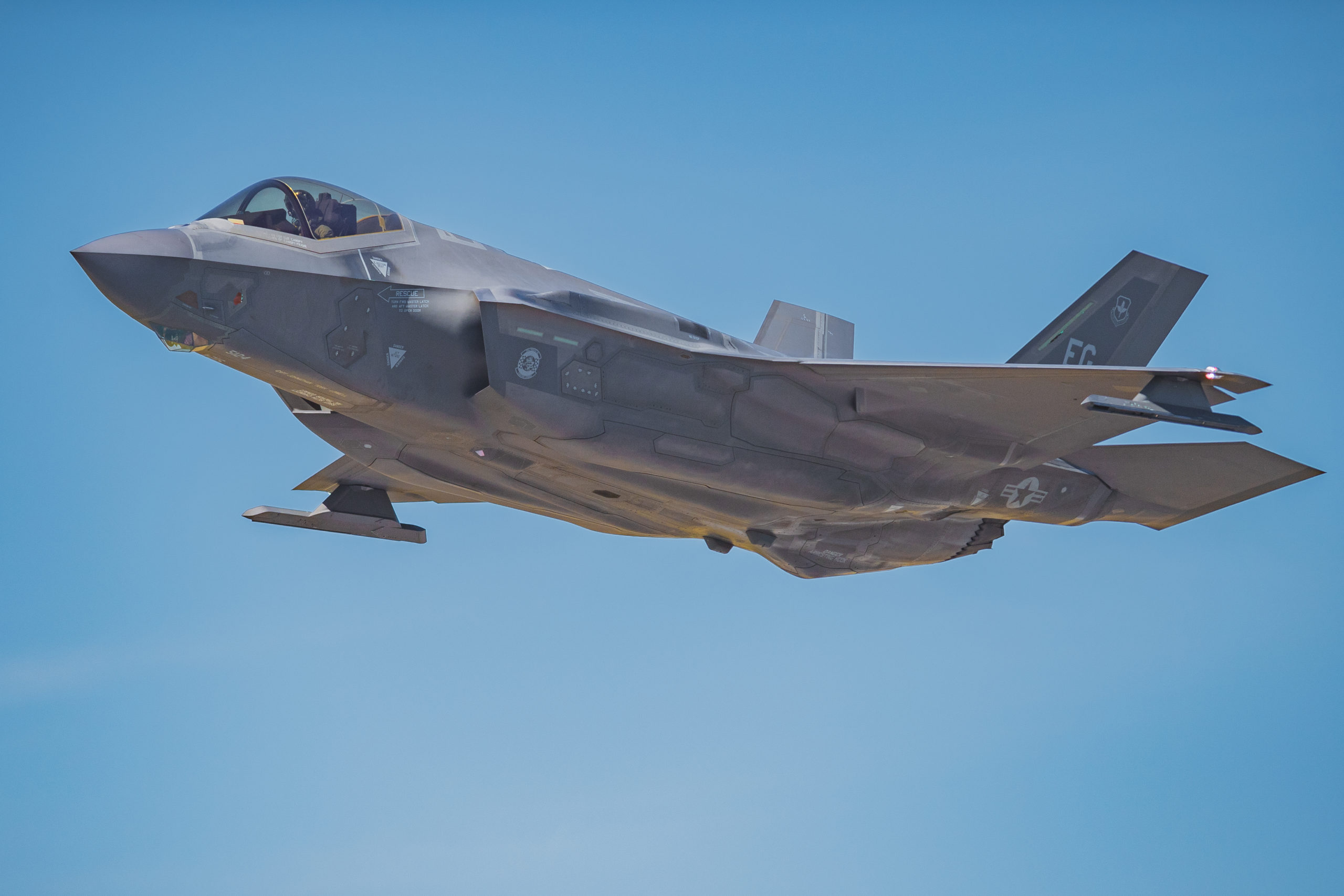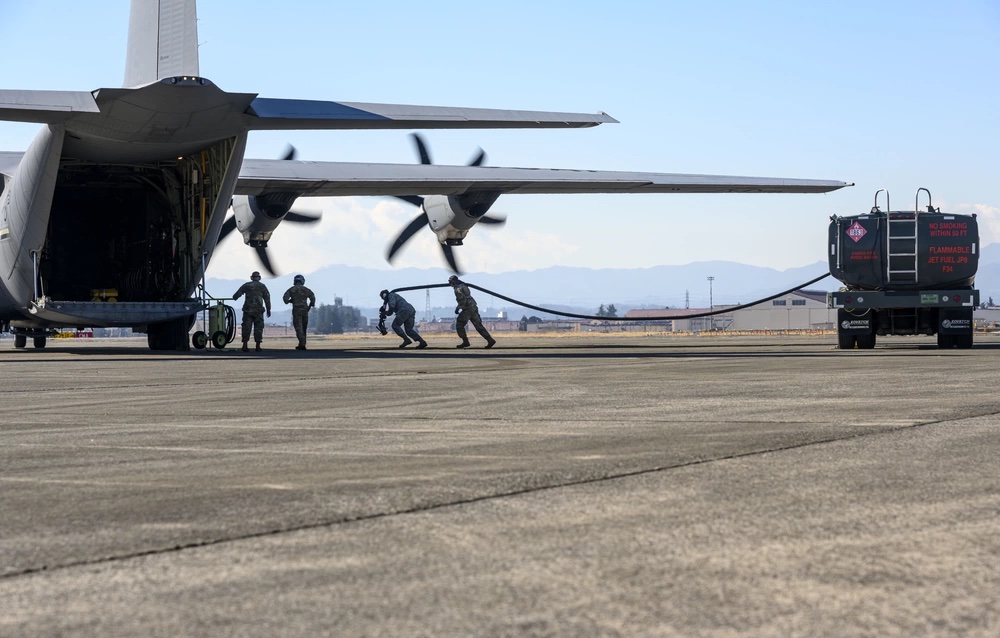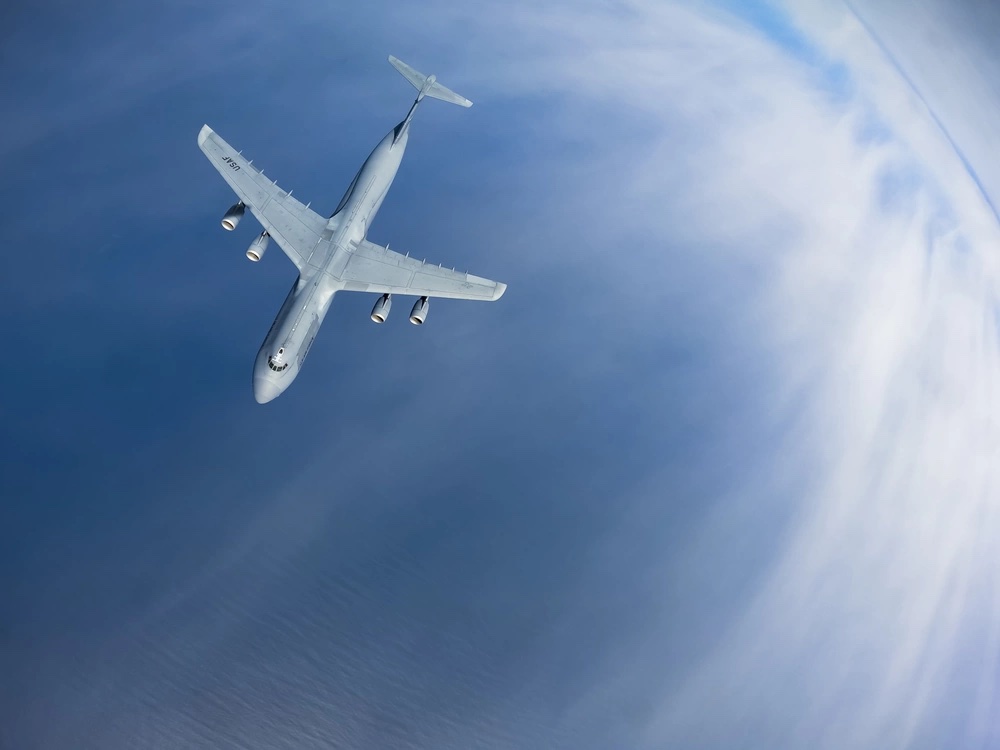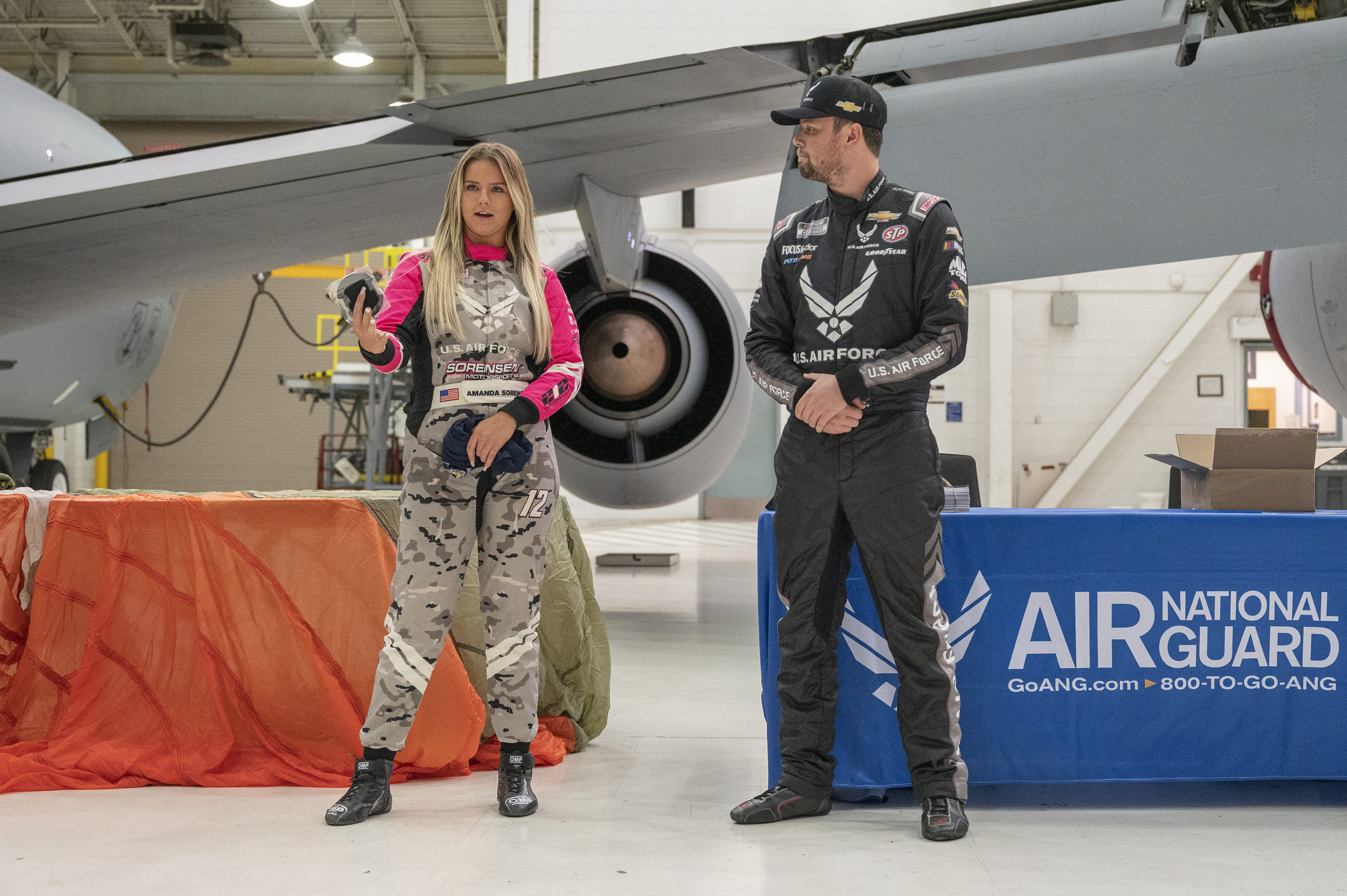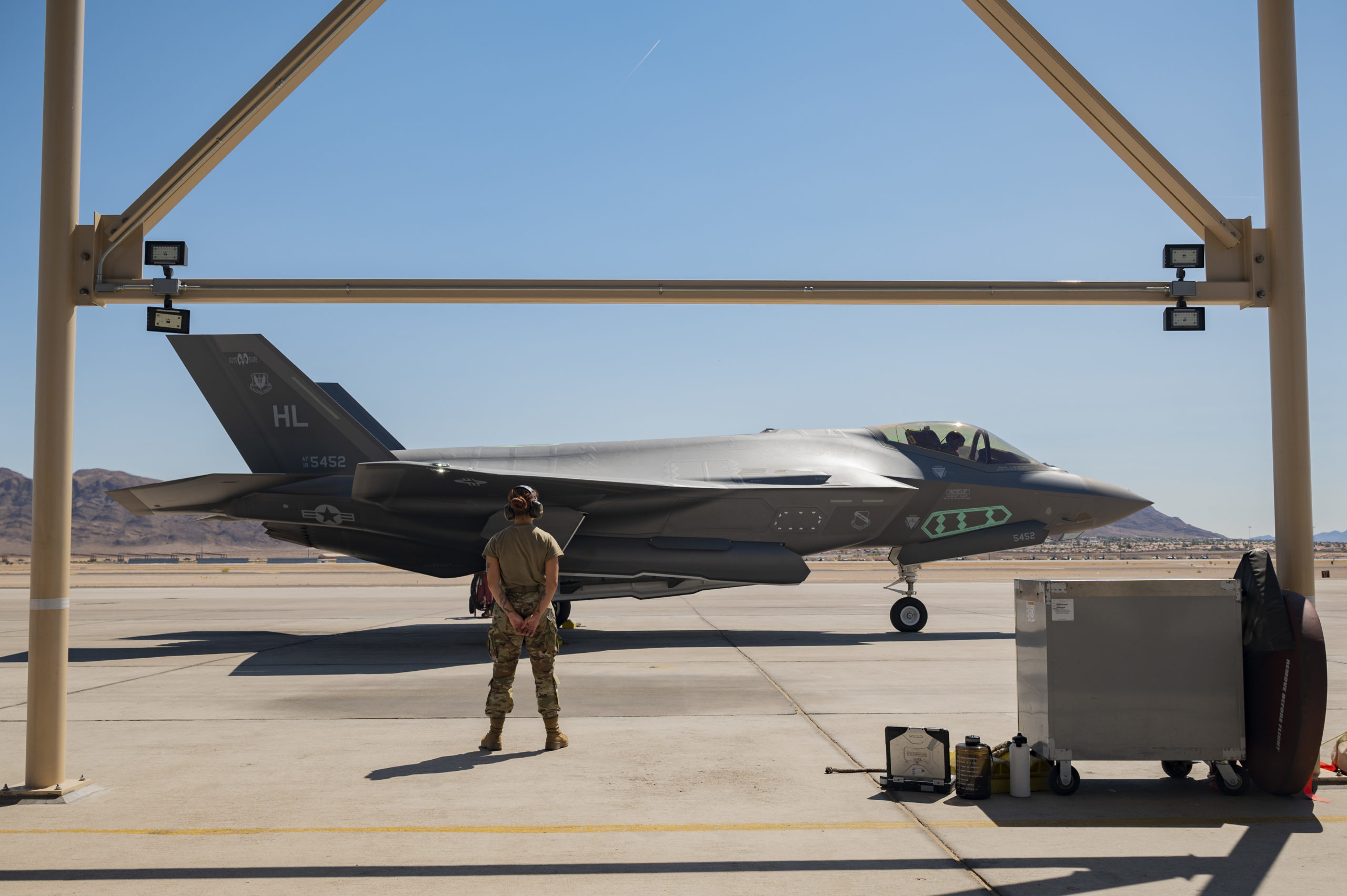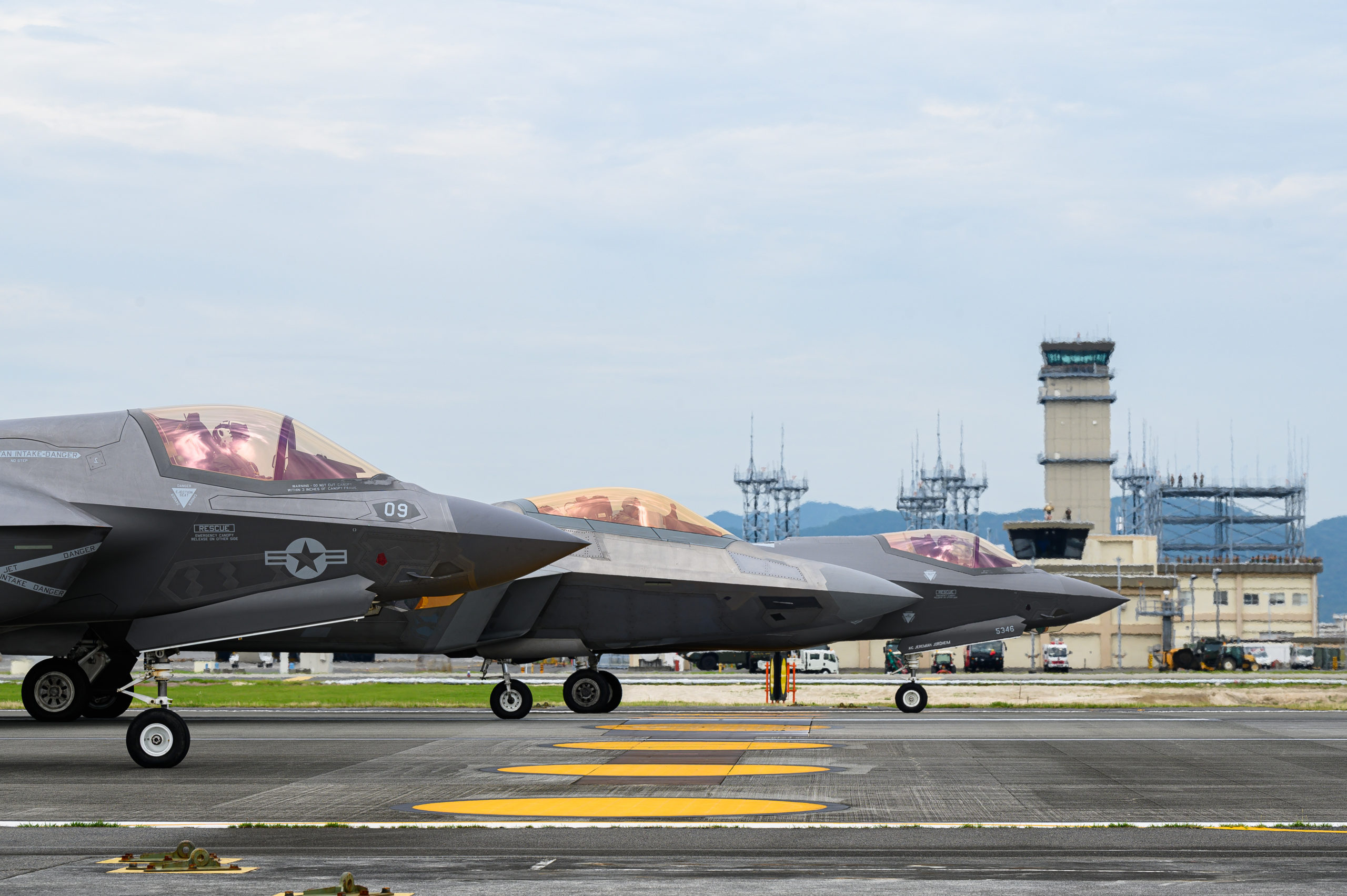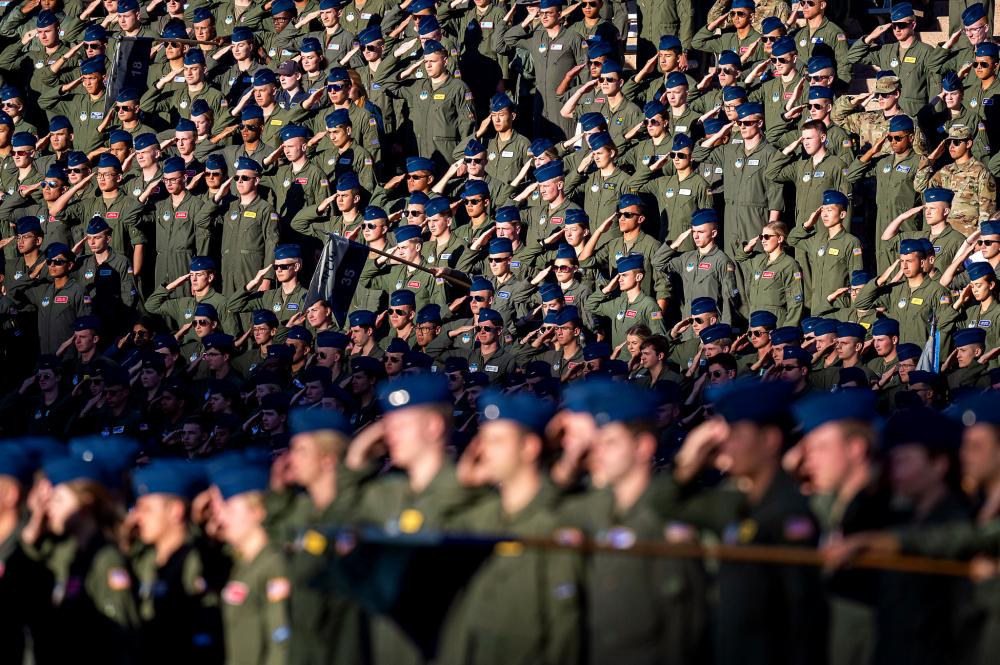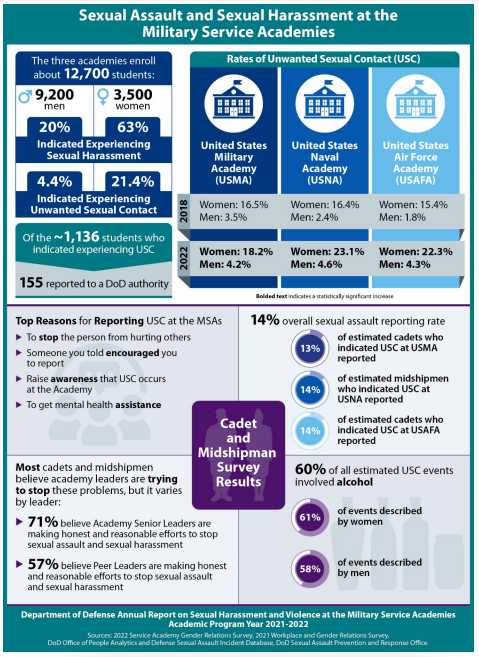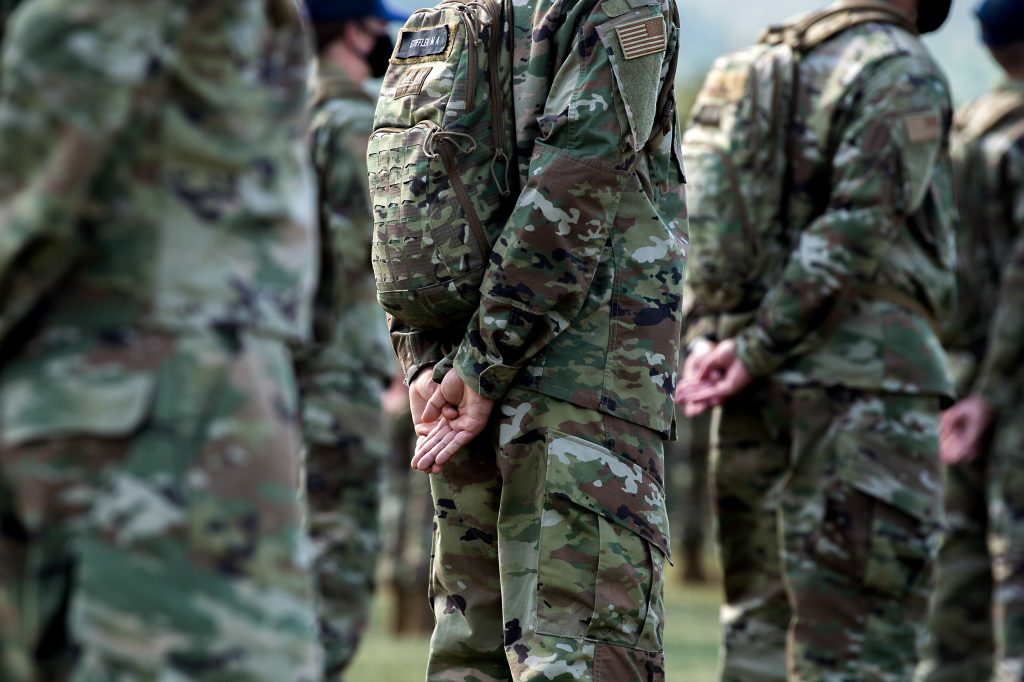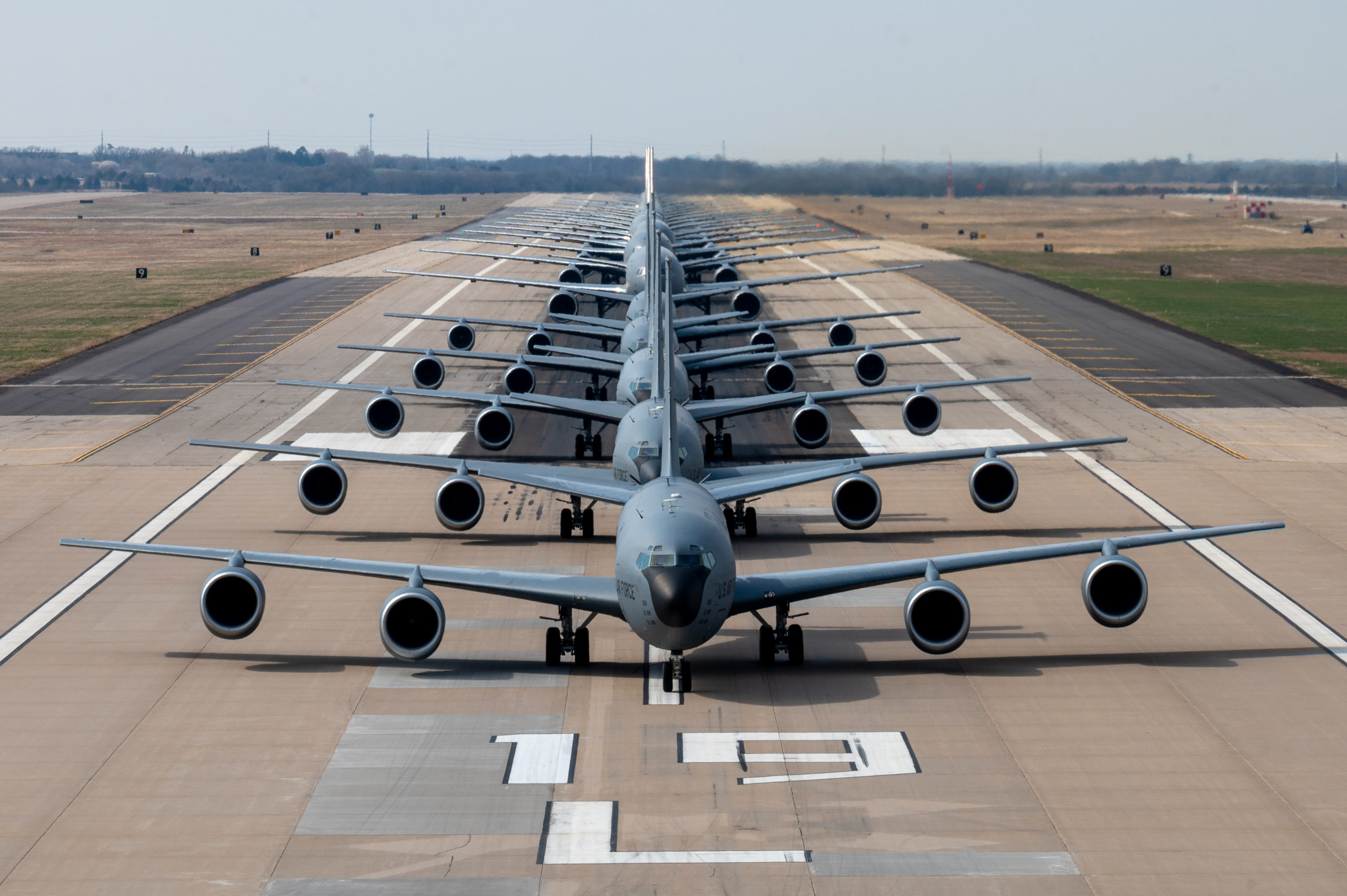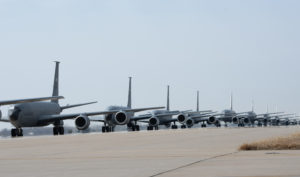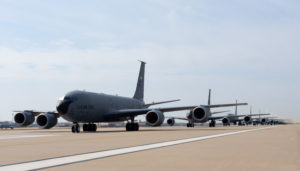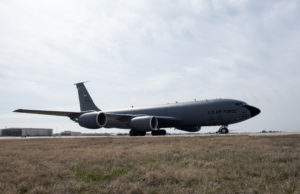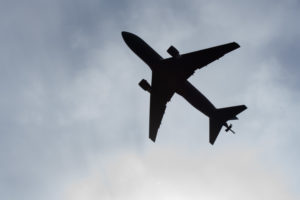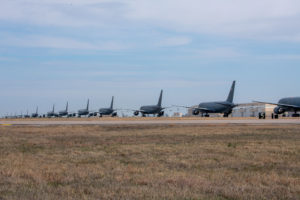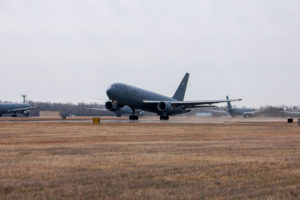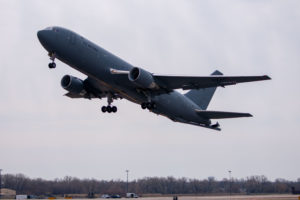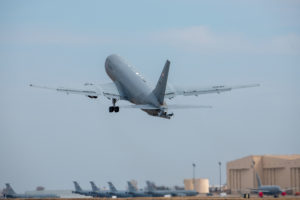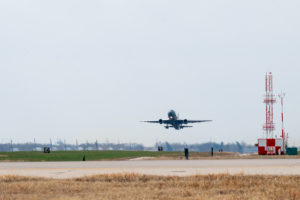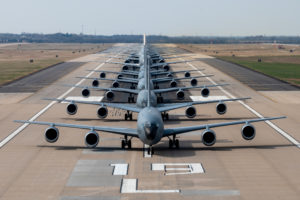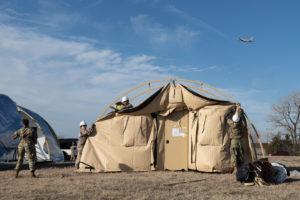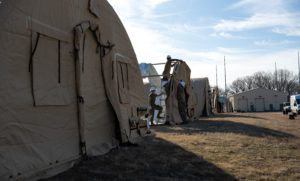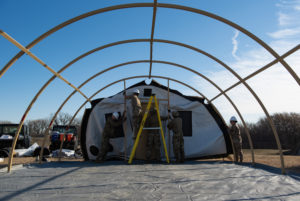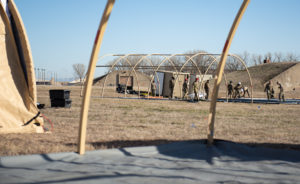The Space Force is one step closer to delivering its service dress uniform to every Guardian. On March 30, the service announced it had completed its final service dress uniform fit test, where 100 Guardians worldwide tried on the uniform prototype for proper sizing and fit.
Col. James Jenkins, director of the Space Force Change Management Team, said his office is working fast to finish the uniform in line with the feedback they have received from Guardians.
“From the word ‘go’ we have been committed to keeping Guardian feedback at the forefront of developing the service dress,” he said in a press release. “We know Guardians are excited for a uniform they can call their own and we are accelerating as quickly as possible to deliver a product they can wear with pride.”
Now that the fit test is complete, the next step is the wear test, where selected Guardians will wear the uniform three times a week and provide feedback on its durability, functionality and comfort. The wear test starts this summer, and the Space Force expects to deliver the service dress uniform across the branch in late 2025.
The prototype of the service dress uniform was first revealed at the 2021 AFA Air, Space, and Cyber conference. Some observers criticized the uniform for resembling outfits from science fiction and for being too baggy. The Air Force Uniform Office went to work making the pants fit better, and the uniform went on a “roadshow” to Space Force installations across the globe in order to get their feedback.
Then-Chief of Space Operations Gen. John W. “Jay” Raymond said the prototype actually enjoyed 81 percent approval from Guardians.
“If you get 81 percent on anything, it’s a home run,” Raymond told Air & Space Forces Magazine at the time.
“We listened intently to Guardian design and fit requests,” Wade Yamada, Space Force deputy director of staff, said in the March 30 press release. “In many ways, Guardians helped select our current service dress design.”
Addressing the criticism that the uniforms resemble those seen in Hollywood, the New York Times pointed out in 2021 that the uniforms of the original “Star Trek” television show resembled Navy uniforms.
The Space Force uses the Operational Camouflage Pattern uniform as its duty uniform like the Army and Air Force, with “Space Blue” name tape, Space Force badge, and grade insignia. The service has also unveiled its own PT gear: black shorts with a version of the service’s delta logo in white, and a gray T-shirt bearing the stylized words “Space Force” in white on the back.

